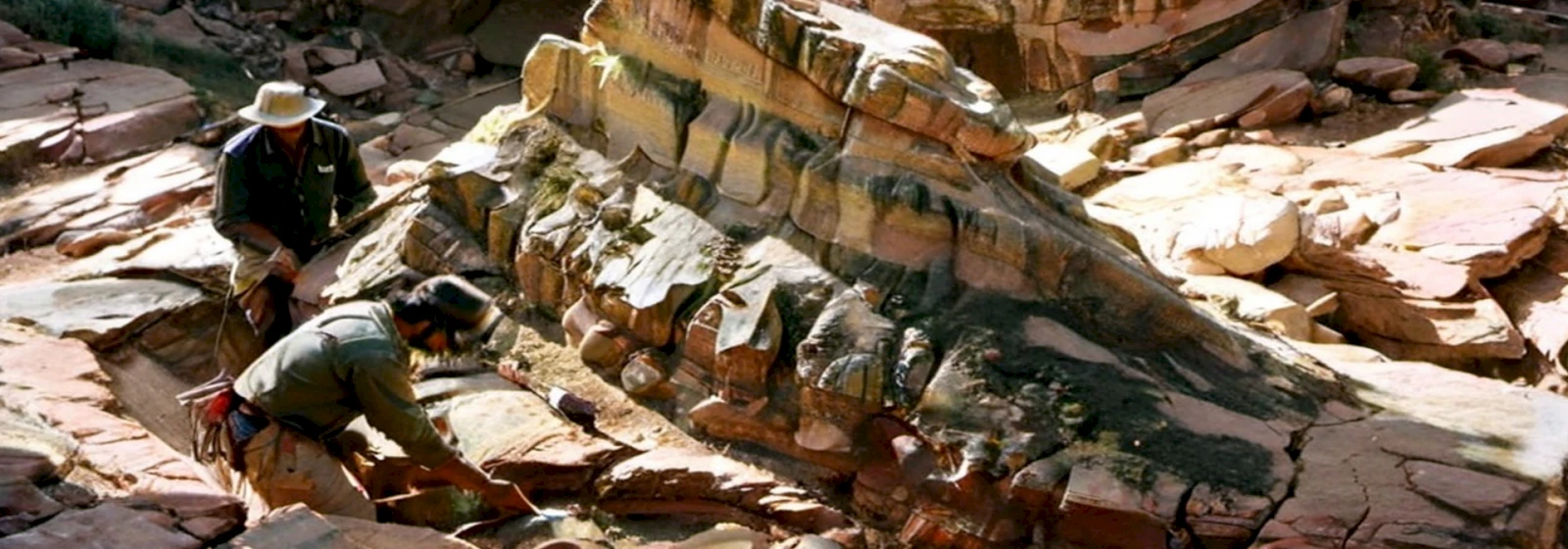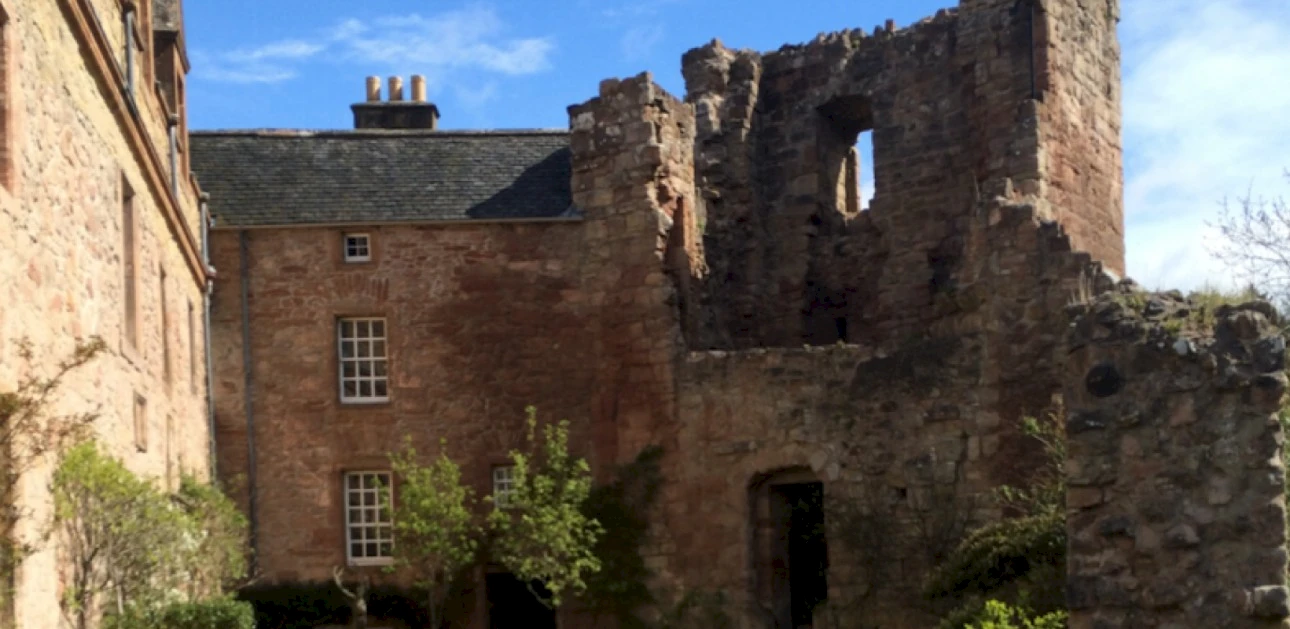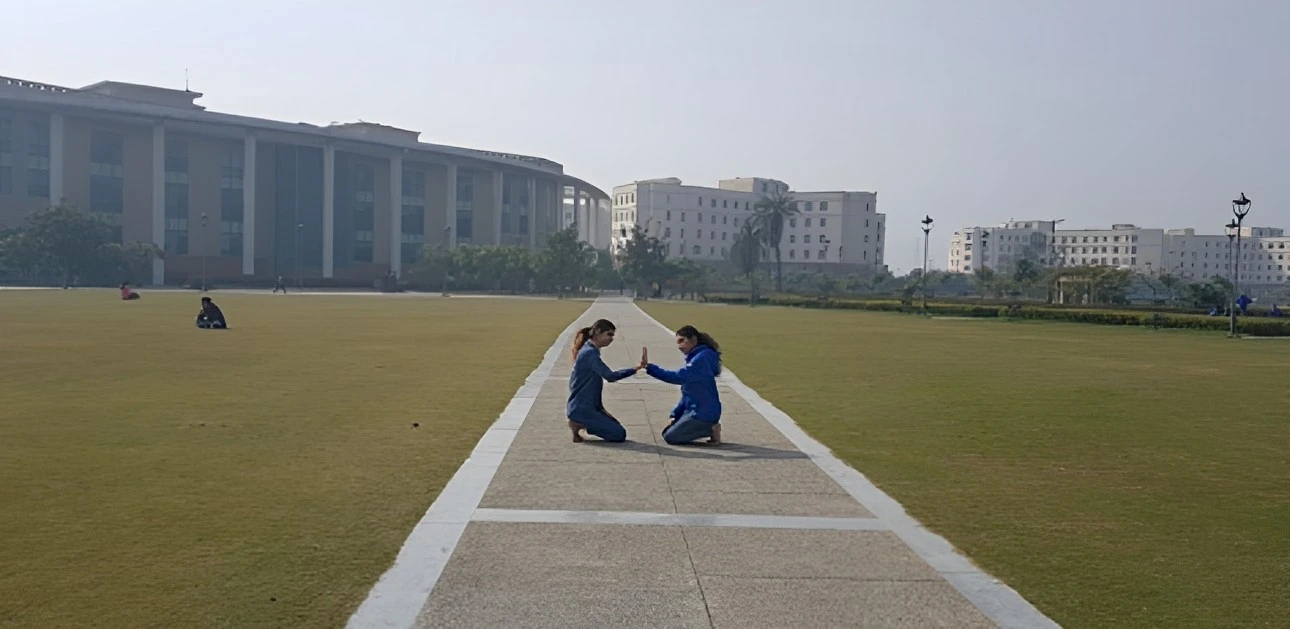Digging Into India's Past at Maski

Editorial / February 13, 2025
Devanampiya and Piyadasi — translated as "beloved of the gods" and "one with a benevolent gaze" — were widely mentioned, either separately or together, in ancient inscriptions and Buddhist literature from China, South East Asia and the subcontinent.
As the true identity of this figure remained a mystery, historians proposed various theories. Some even suggesting that these names belonged to a mythological character.
The mystery surrounding Devanampiya was finally resolved in 1915 with the discovery of a rock edict in Maski, a town in Karnataka's Raichur district.
This eight-line Pali inscription, engraved in Brahmi script on a mid-sized rock within a cave on an Inselberg, clearly identified Devanampiya as none other than the Mauryan Emperor Ashoka. Unlike earlier inscriptions that referred to him as Devanampiya, Piyadasi, or both, this was the first edict explicitly mentioning his name as Ashoka, confirming his identity once and for all.
The Maski edict is proof of Ashoka's fervent commitment to disseminating Buddhist doctrines and embracing Dhamma, or moral law. While epigraphic sources offer textual testimony to Ashoka's influence, they constitute merely one aspect of Maski's intricate past. Previous archaeological investigations have found how Maski was inextricably linked not only with the reign of Emperor Ashoka in the ancient period, but has a settlement history going back a couple of millennia before Ashoka, and, continuing into the medieval period. As archaeologists embark on a deeper exploration of its past, compelling inquiries arise: What was the nature of life in this settlement over these last few millennia? How might studying ancient domestic and environmental contexts illuminate human behaviour from millennia ago?
These questions drive the Maski Archaeological Research Project (MARP), a multidisciplinary initiative dedicated to unravelling the socio-political and cultural dimensions of the multi-period site of Maski.
The MARP is a collaborative endeavour of a team spearheaded by Shiv Nadar University's Dr. Hemanth Kadambi, Associate Professor, Department of History and Archaeology, Dr. Peter G. Johansen (Associate Professor, McGill University, Canada), and Dr. Andrew M. Bauer (Associate Professor, Stanford University, US). The forthcoming excavation phase, scheduled for the summer of 2025, aims to study Maski's historical evolution using advanced archaeological methodologies.
This will integrate conventional fieldwork with state-of-the-art technological applications, including remote sensing, geoarchaeological analysis, and digital mapping. This interdisciplinary methodology aspires to construct a more sophisticated and comprehensive understanding of Maski's historical trajectory and its inhabitants' lived experiences and adaptive strategies over time.
More Blogs

The Hawthornden Literary Retreat bestowed on Dr Sambudha Sen to complete the manuscript of a novel
Professor Sambudha Sen, Head of the Department of English at Shiv Nadar Institution of Eminence, Delhi-NCR, was awarded a residency at the...

The Power of the Moving Body
Movement is an innate bodily action that humans have been exhibiting for the longest time. Long before language was invented, the body was the...

How Does A Multi-Disciplinary Approach To Education Enhance Learning And Prepare Students For A Multi-Faceted World?
In today’s world, where businesses are changing almost every day, it is the responsibility of educational institutes to provide holistic...